The world is full of incredible wonders, some are so strange that they can leave us in awe. These occurrences challenge our understanding of nature, making us realize there is still so much we don’t fully comprehend. In this article, we will explore some of the most bizarre natural phenomena on our planet.
From glowing seas to upside-down waterfalls, these events capture the imagination and demonstrate the power of nature in ways we might never expect. Each one of these bizarre natural phenomena has its own unique cause, providing insight into the extraordinary forces that shape our world.
12 Bizarre Natural Phenomena:
1. Bioluminescent Bays – The Glowing Seas
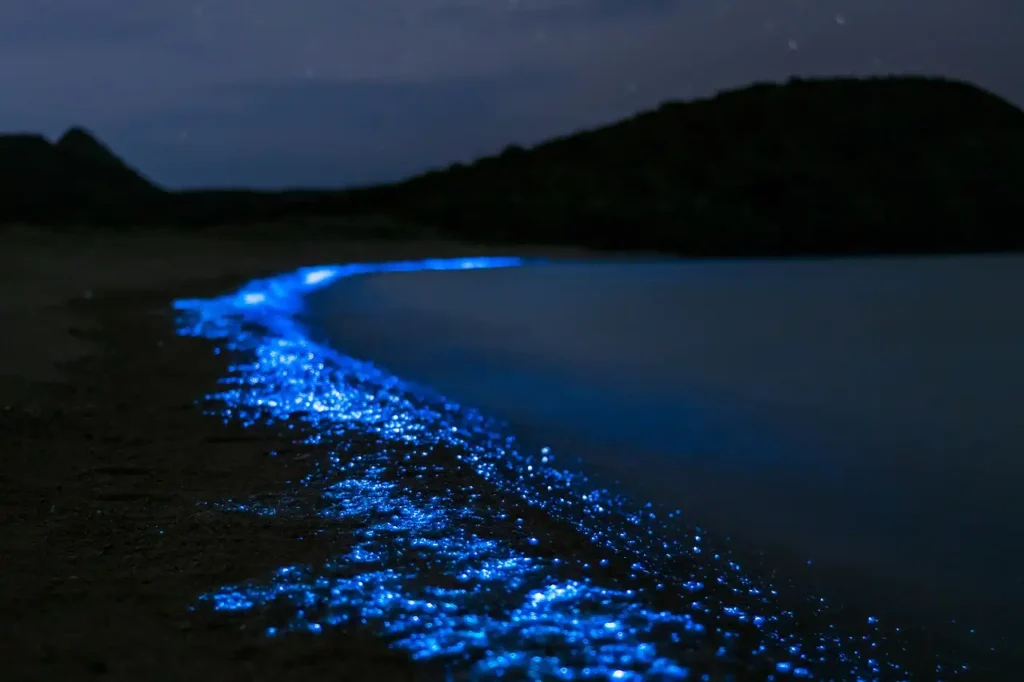
One of the most captivating bizarre natural phenomena occurs in certain tropical regions around the world where the ocean glows with a mysterious blue light. This stunning effect, known as bioluminescence, is caused by microorganisms, specifically dinoflagellates, that emit light when they are disturbed by movement in the water. When waves crash on the shore or a boat passes through, the water lights up, creating a magical glow that can leave onlookers mesmerized.
The most famous examples of this phenomenon are found in places like Puerto Rico’s Mosquito Bay and the Maldives, where the glow can be so bright it appears as though the ocean is made of liquid light. This glow is a defensive mechanism used by these organisms to startle predators or attract prey, but to human observers, it looks like something from another world.
2. Fire Rainbows – The Sky’s Colorful Flame
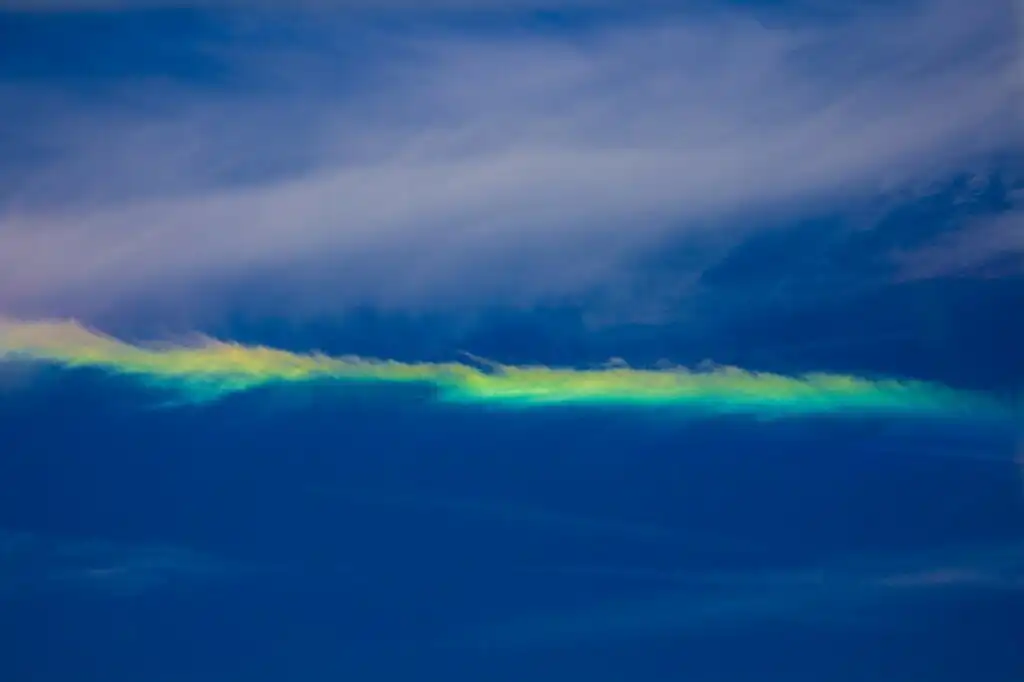
Another mind-boggling sight is the fire rainbow, a phenomenon that looks like a rainbow caught in flames. This is a misnomer, as fire rainbows aren’t actually rainbows or flames at all. Instead, they are formed by light refracting through ice crystals in cirrus clouds, which are high in the atmosphere. The crystals bend the sunlight into a stunning array of colors that streak across the sky, making it look like the heavens are ablaze with multicolored fire.
Fire rainbows are rare because they require specific conditions to form. The sun must be at a particular angle, and the clouds need to contain just the right size of ice crystals. When these conditions align, the result is a spectacular burst of color that seems to burn across the sky.
3. Lenticular Clouds – UFOs in the Sky?
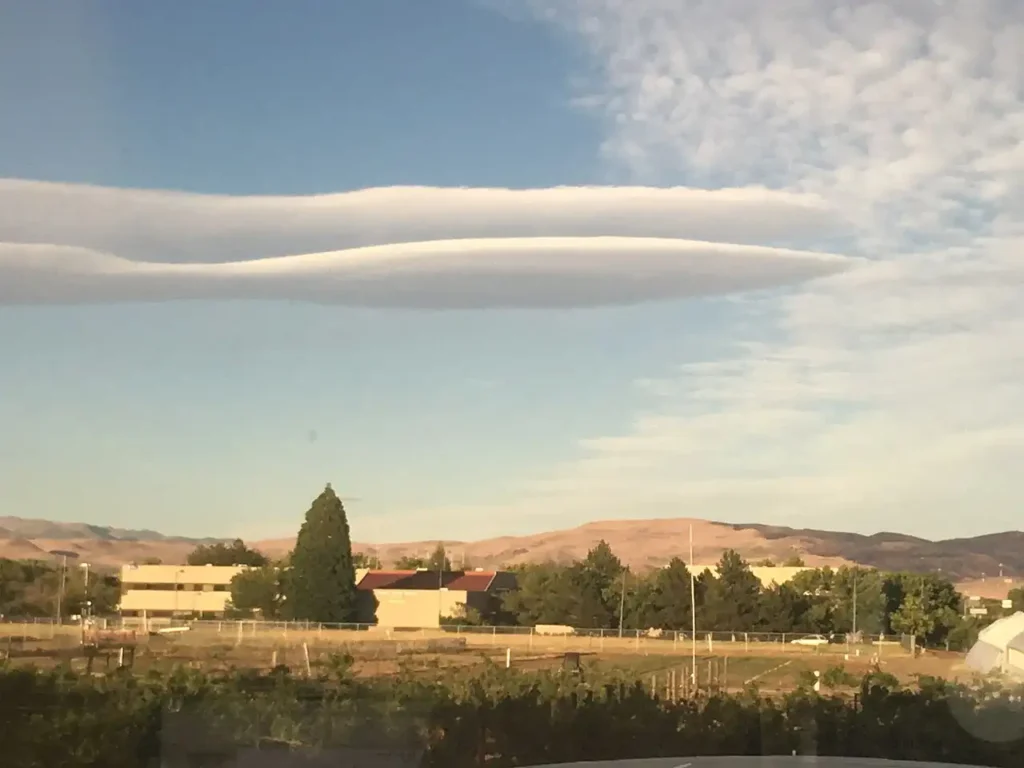
Imagine looking up at the sky and seeing a perfectly smooth, disk-shaped cloud hovering overhead. To many people, these clouds resemble UFOs, and in fact, lenticular clouds have been mistaken for flying saucers on numerous occasions. These bizarre natural phenomena form when moist air flows over mountains, creating a wave pattern. If the temperature at the crest of the wave is cold enough, condensation occurs, forming lenticular clouds.
Unlike regular clouds that look soft and fluffy, lenticular clouds are smooth and well-defined. They tend to stay in the same spot for long periods, giving them an eerie, stationary appearance. These clouds are especially common near mountain ranges like the Andes, Rockies, and Himalayas, where the unique wind conditions required for their formation are often present.
4. Blood Falls – Antarctica’s Icy Mystery
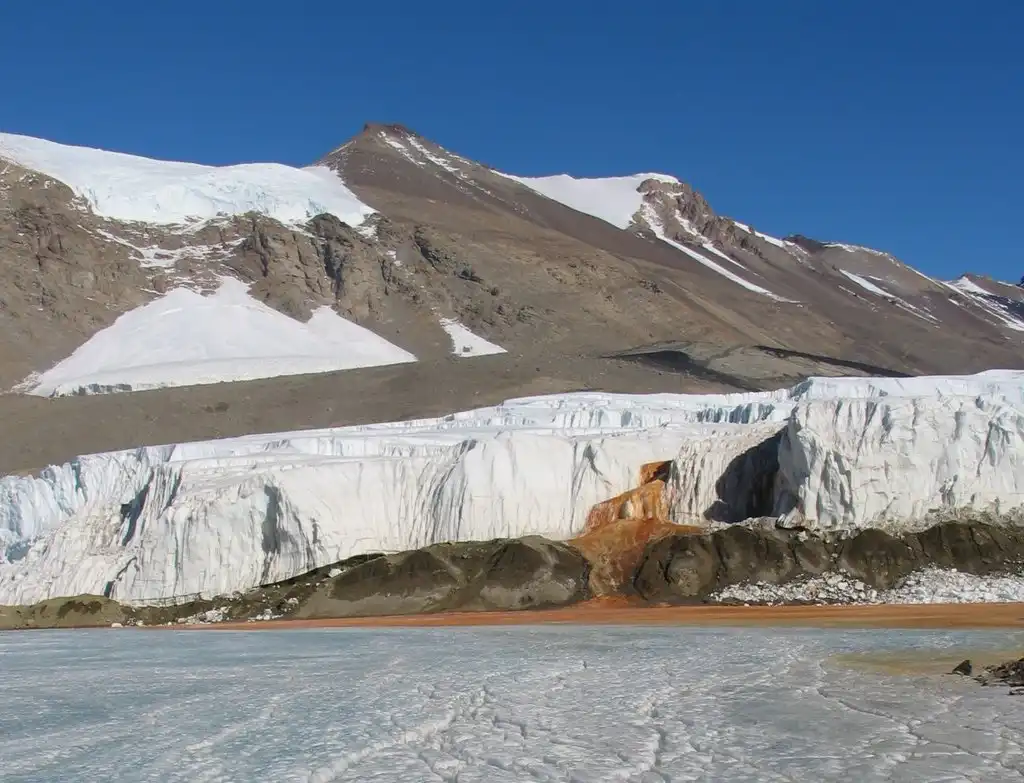
In the frozen wilderness of Antarctica, there exists a glacier that appears to be bleeding. Blood Falls, located in the McMurdo Dry Valleys, is one of the most unusual sights on Earth. The waterfall’s striking red color is due to iron-rich water that oxidizes when it comes into contact with air, creating a rusty hue that looks eerily similar to blood.
This phenomenon was first discovered in 1911, and for many years, scientists were puzzled by its source. It was eventually determined that the water comes from a saltwater lake trapped beneath the glacier. The water remains liquid due to its high salt content, and when it emerges from the glacier, it turns red upon exposure to oxygen. This discovery not only revealed the origins of Blood Falls but also showed how life can exist in extreme, isolated environments like the subglacial lakes of Antarctica.
5. The Sailing Stones of Death Valley
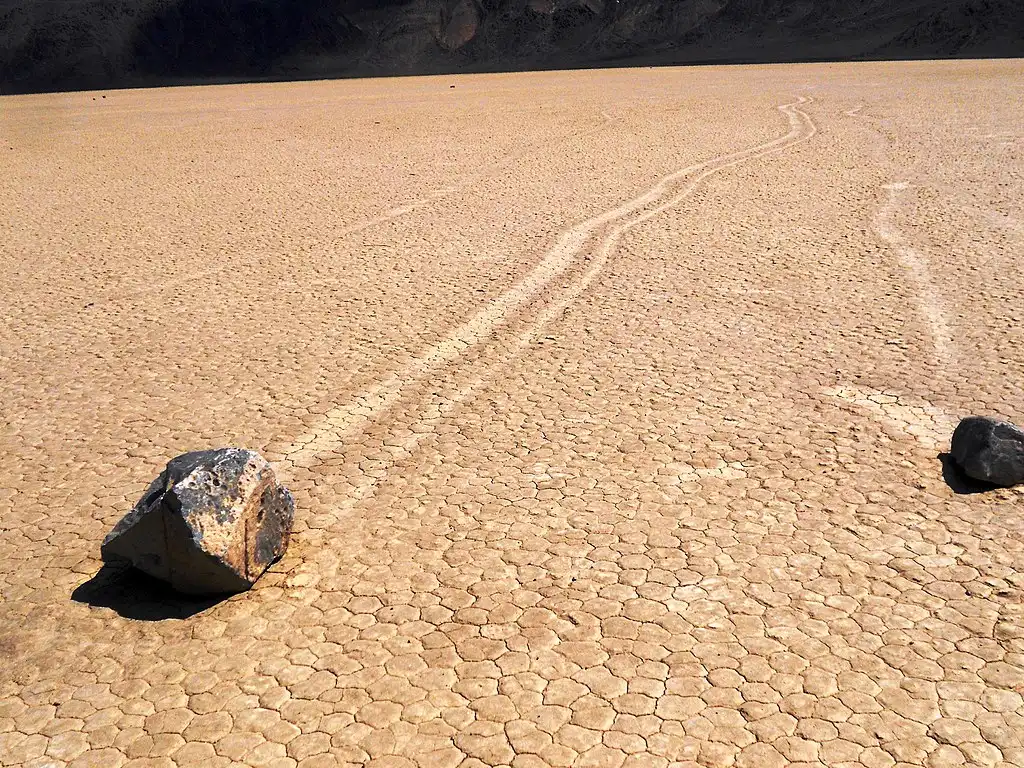
One of the most mysterious and bizarre natural phenomena takes place in Death Valley, California, where rocks appear to move on their own across the dry lakebed of Racetrack Playa. Known as sailing stones, these rocks leave long trails behind them as they slide across the ground, despite there being no apparent force to move them.
For decades, scientists were baffled by this phenomenon, with some speculating that the rocks were moved by strong winds or even by some unknown, supernatural force. However, in recent years, researchers discovered the real cause. During the winter, a thin layer of water forms on the playa, which freezes overnight. As the ice begins to melt, it creates a slick surface, allowing the rocks to glide across the ground with the help of light winds. This simple explanation solved a mystery that had puzzled observers for nearly a century.
6. The Upside-Down Waterfalls
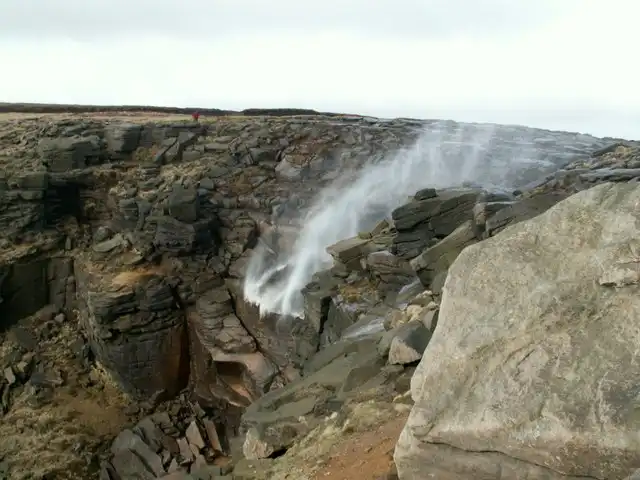
While we are accustomed to waterfalls flowing downward, there are rare cases where waterfalls appear to flow upward, defying gravity. These bizarre natural phenomena occur when strong winds blow against the falling water, pushing it back up the cliff face. The result is a waterfall that looks like it’s being sucked into the sky.
One notable example is the Kinder Downfall in England’s Peak District, where strong winds can reverse the flow of the waterfall during stormy weather. Similar phenomena have been observed in places like Hawaii and Iceland, where the combination of steep cliffs and high winds creates this remarkable effect. Although it might seem like the water is defying physics, it’s simply a matter of the wind being stronger than the force of gravity in these specific situations.
7. Penitentes – Nature’s Frozen Blades
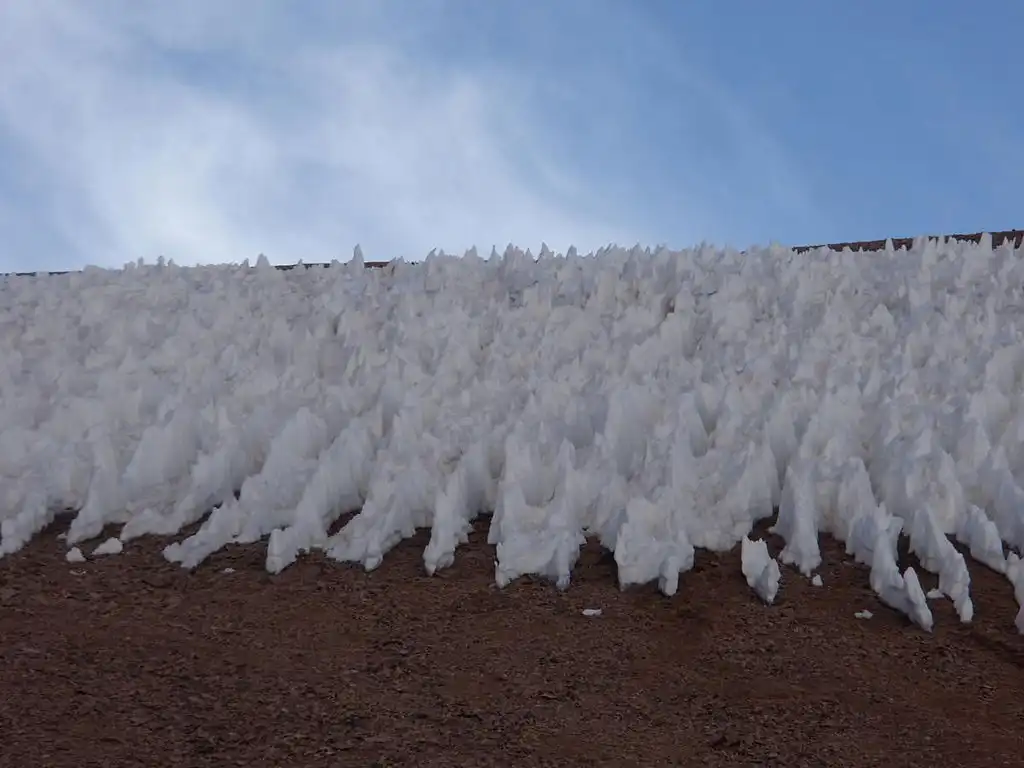
In the high-altitude regions of the Andes and Himalayas, strange, spiky formations of snow and ice known as penitentes can be found. These tall, blade-like structures are created by a combination of intense sunlight and low humidity, causing the snow to sublimate directly into water vapor rather than melting into liquid. The uneven sublimation creates sharp peaks and troughs, giving the appearance of frozen blades stretching toward the sky.
Penitentes can grow up to several meters tall and are often clustered together in fields, creating a landscape that looks like something out of a science fiction movie. They are named after Spanish penitents who wore tall, pointed hats as a symbol of atonement during religious ceremonies, as the shapes of the ice formations resemble these hats.
8. The Great Blue Hole – Nature’s Sinkhole in the Sea
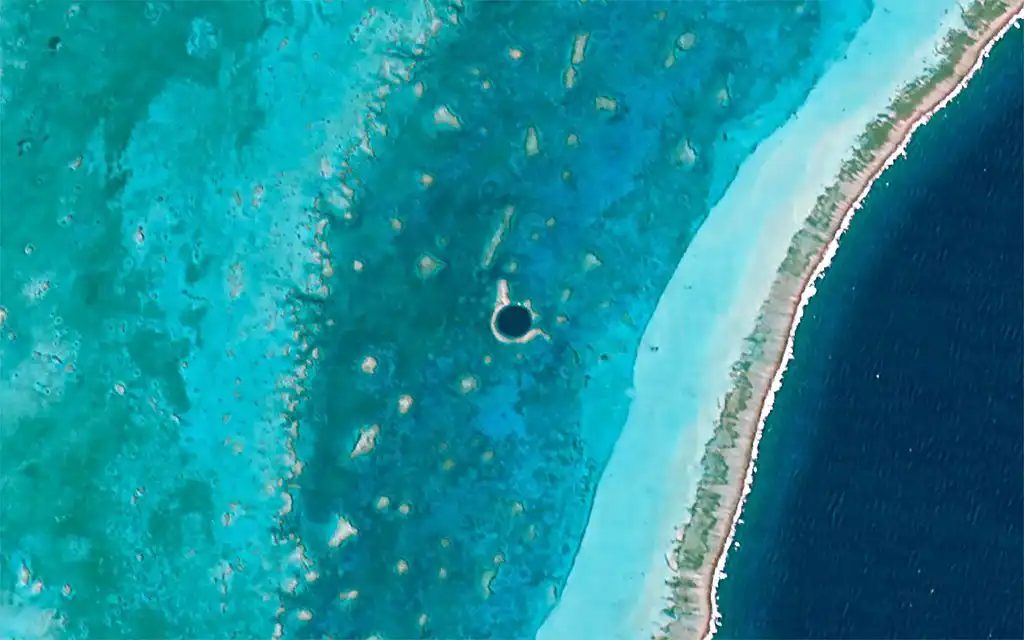
Located off the coast of Belize, the Great Blue Hole is a massive underwater sinkhole that has fascinated divers and scientists alike. Measuring over 300 meters across and 125 meters deep, this perfectly circular hole contrasts sharply with the shallow waters around it, creating a stark, dark blue circle in the middle of the turquoise sea.
The Great Blue Hole was formed during the last ice age when sea levels were much lower, and it is now home to a variety of marine life, including sharks, rays, and vibrant coral formations. While sinkholes on land are not uncommon, the fact that such a massive one exists beneath the ocean adds to its mystique, making it one of the most bizarre natural phenomena found in the world’s oceans.
9. Lake Hillier – The Bubblegum Pink Lake
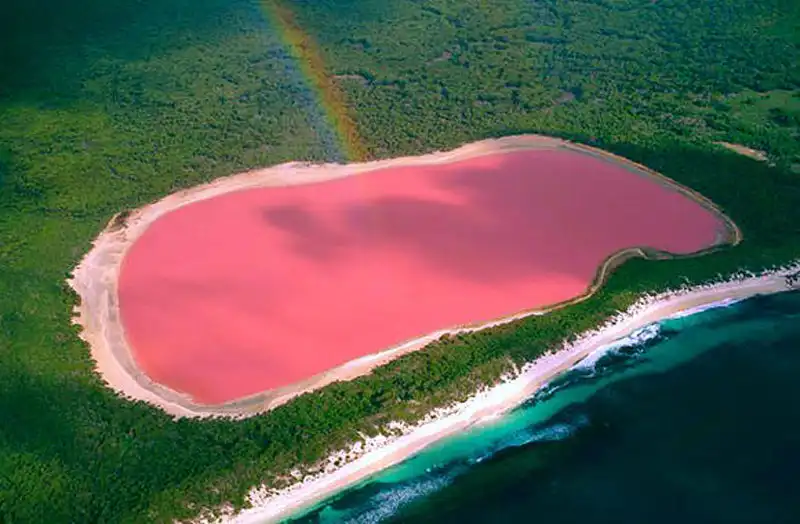
Australia’s Lake Hillier is unlike any other body of water in the world, thanks to its bubblegum-pink color. This striking hue is caused by the presence of a particular type of algae, known as Dunaliella salina, which produces a red pigment in response to the high salt concentration in the lake. This pigment, combined with the lake’s salinity, turns the water a vibrant shade of pink.
Despite its unusual appearance, the water in Lake Hillier is not toxic, and it’s even safe for swimming. However, the lake’s remote location makes it difficult for most people to visit. Still, its brilliant pink color has made it a popular subject for aerial photography, and it remains one of the most bizarre natural phenomena that Australia has to offer.
10. The Northern and Southern Lights – Nature’s Light Show
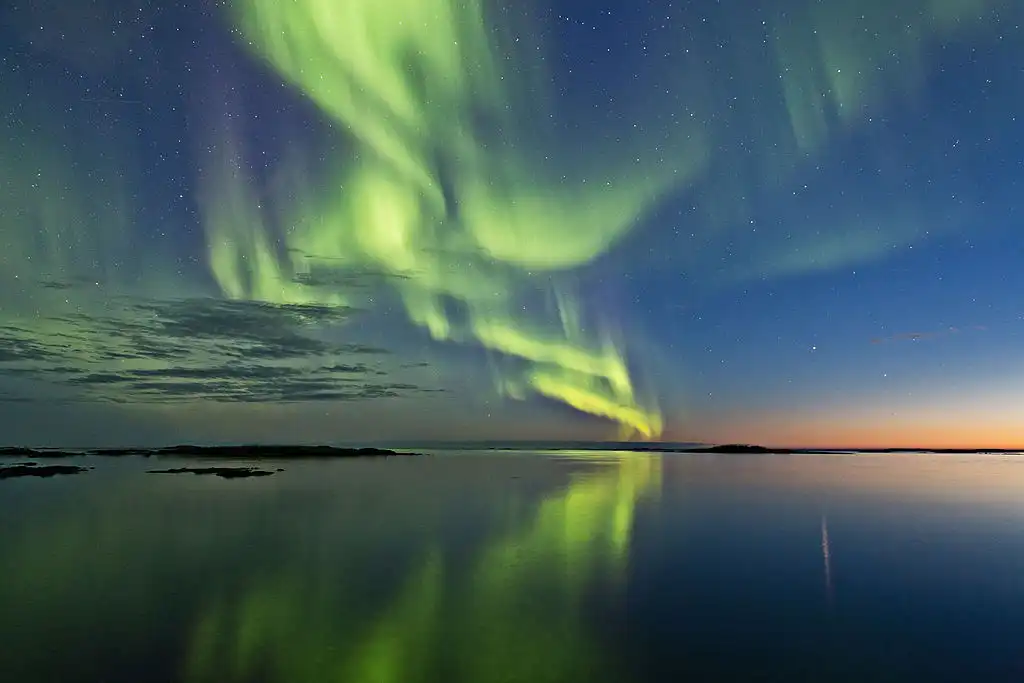
The Aurora Borealis (Northern Lights) and Aurora Australis (Southern Lights) are perhaps the most well-known examples of bizarre natural phenomena, but their beauty and mystery never fail to captivate those lucky enough to witness them. These light displays occur when charged particles from the sun interact with Earth’s magnetic field, creating dazzling waves of green, purple, and red light that dance across the sky.
These phenomena are best observed near the poles, where the magnetic field is strongest, and they occur most frequently during periods of high solar activity. The Northern Lights are commonly seen in places like Norway, Sweden, and Canada, while the Southern Lights are visible from Antarctica, New Zealand, and parts of Australia.
11. The Catatumbo Lightning – The Never-Ending Storm
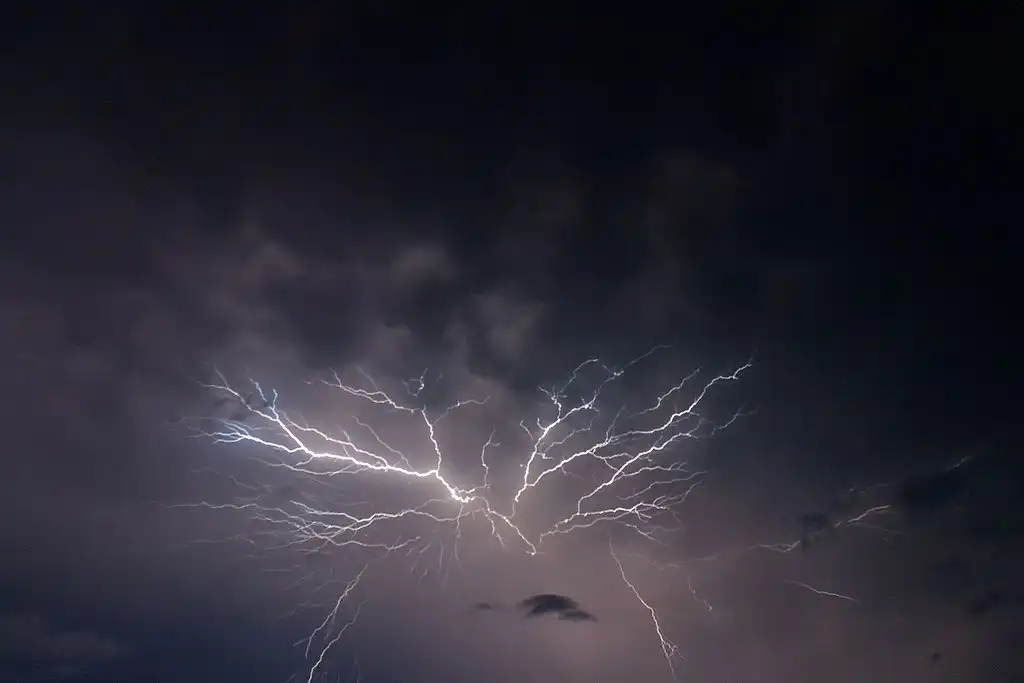
In Venezuela, over the Catatumbo River, there is a storm that never seems to end. Known as the Catatumbo Lightning, this phenomenon occurs more than 150 nights a year, with thousands of lightning strikes illuminating the sky in a continuous display of raw natural power. This region experiences more lightning strikes than anywhere else on Earth, and the lightning can be so frequent that it appears as though the sky is constantly flashing.
The exact cause of this phenomenon is not entirely understood, but it is thought to be related to the topography of the area, which traps warm air masses and causes thunderstorms to develop. The result is a natural light show that can last for hours, making the Catatumbo Lightning one of the most spectacular and bizarre natural phenomena in the world.
12. Morning Glory Clouds – The Sky’s Rolling Waves
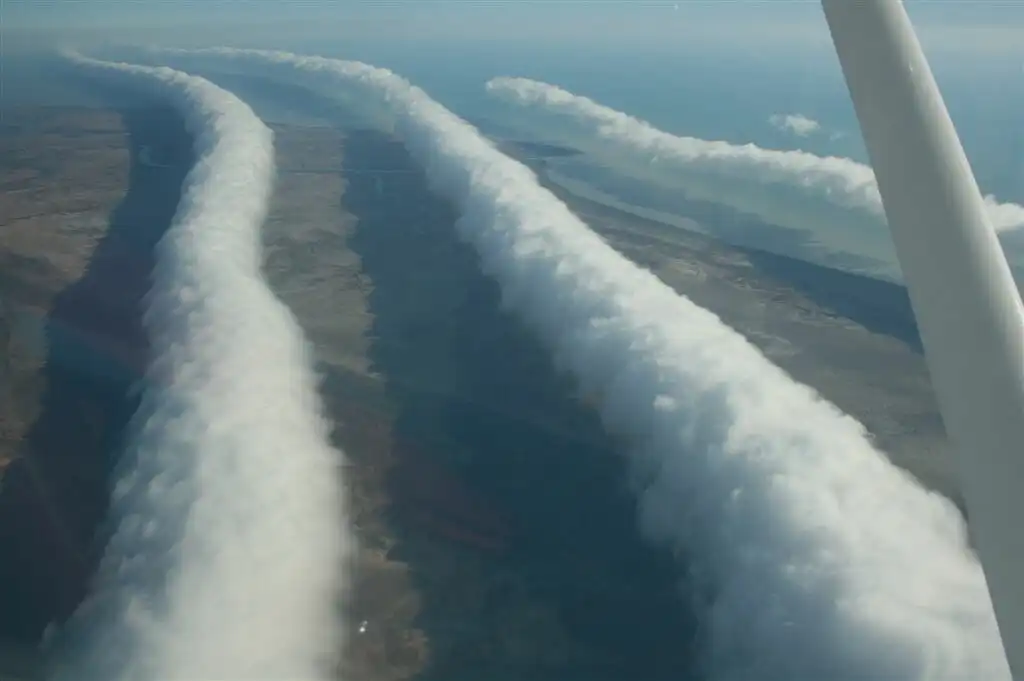
In the remote skies of northern Australia, a rare cloud formation known as the Morning Glory occurs, resembling rolling waves of clouds stretching as far as the eye can see. These long, tubular clouds can be over 1,000 kilometers long and occur most frequently in the Gulf of Carpentaria during the spring.
The formation of Morning Glory clouds is still not fully understood, but it is believed to be linked to changes in atmospheric pressure and wind patterns. When conditions are right, the clouds roll across the sky in a series of undulating waves, creating a breathtaking and bizarre natural phenomenon that few have the chance to witness.
You may also like:
- 57 Incredible Ancient Extinct Animals That Once Roamed Our Planet
- 20 Weird Customs and Traditions Around the World
Conclusion
The Earth is full of wonders that often defy explanation and challenge our understanding of nature. These bizarre natural phenomena remind us of the incredible power and complexity of the world we live in. From glowing seas to upside-down waterfalls, these events show us that nature is full of surprises, and there is always something new to discover. Each of these phenomena, though strange and unusual, offers a glimpse into the forces that shape our planet, and they serve as a testament to the beauty and mystery of the natural world.



